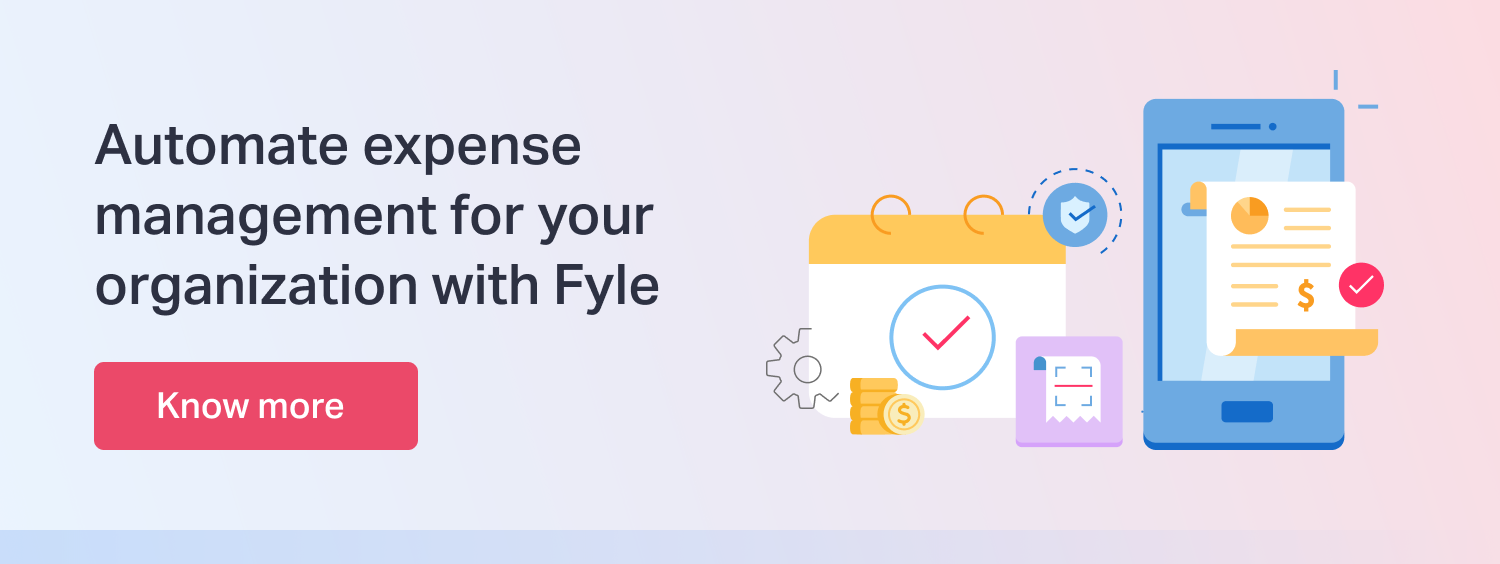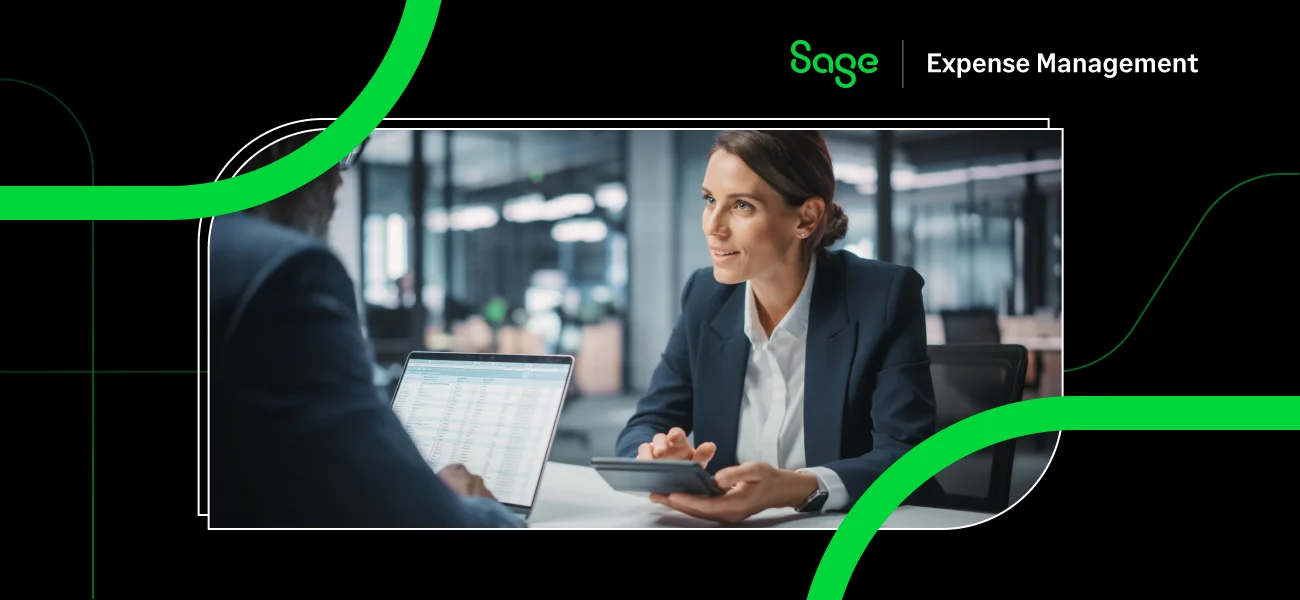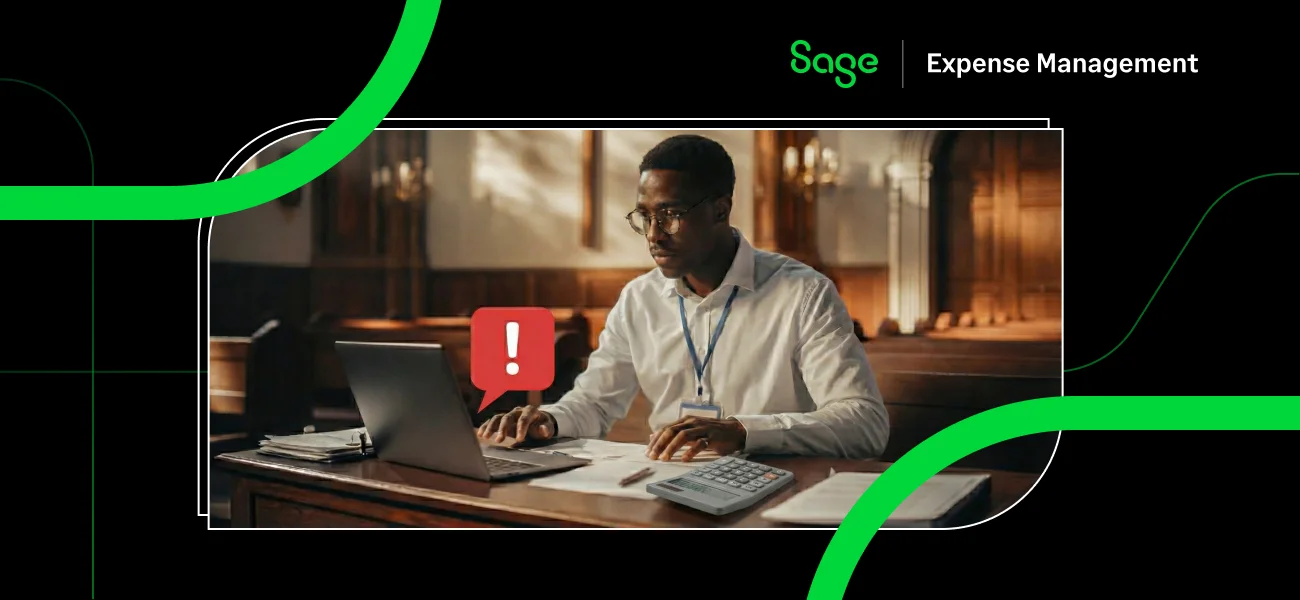Traditional expense management is still far too manual and ill-suited for modern business.
Many firms pat themselves on the back for going "paperless" but still require archaic practices like filling out and emailing forms, compiling data in spreadsheets, and relaying entries between different systems. The rationale is that it's not perfect, but it works. And so it continues.
Regardless of your business, submitting and managing expenses is not where you want your employees to spend their time. Therefore, any tools or processes you can implement to make it faster and less error-prone should be worth looking at.
Expense management automation can revolutionize how you manage your employee business expenses. To get a CPA's perspective on this, we've collaborated with Colin Smith to understand why he recommends expense automation software to businesses of all sizes and industries. Let's dive in!
The Challenges of Traditional Expense Management
Traditional spreadsheet-based expense management is easy to implement but comes with several challenges. Here are just a few of the shortcomings that I’ve seen or heard about from my clients:
Human errors and lengthy reimbursement cycles
One of the biggest obstacles in manual expense management is human error. Since the process is heavily manual, mistakes can crop in at any stage of the expense reporting process.
As a result, organizations naturally demand more work and extra attention to detail from personnel to mitigate this risk and ensure the process runs somewhat smoothly. On the off chance that errors slip by, it can create a compliance nightmare for simple mistakes.
Colin recalls one of his audit clients who had an expense process that required filling out expense report templates, printing them out, signing and dating them, and attaching all their receipts. If someone did not prepare the form correctly or a piece of supporting evidence was missing, it would be returned to the employee for corrections.
The process “worked” because it ensured accurate reporting and minimized fraud risk, but some expense reports could take up to 3-4 weeks of back and forth before receiving approval.
Manual expense management is not scalable
Manual processes are common and natural for startups and small businesses, but they can quickly detract from your growth goals after a certain point.
Your process may have worked fine when you only had ten employees, but how will it perform now that you have 30? When your headcount grows to 100, how much time will your organization spend on expense reporting and management?
Remember that all stakeholders will feel the pain of manual expense management throughout your organization. Your finance and HR teams may be okay with it if they only expensed 10-15 items yearly, but how about sales or customer success?
If everyone on your sales force needs to spend ~5 hours a month tracking, managing, and reporting their expenses, is that the best use of their time? How many extra sales could they close or customers?
Heightened risk for noncompliance and expense fraud
A manual process will limit your ability to manage fraud risk properly.
Want to detect duplicate reimbursements, like when two employees share a meal and both submit an expense report? Want to make sure mileage is being appropriately and accurately calculated?
Completing these checks and reviews with a purely manual process is tedious and requires significant time for everyone involved. Sadly, even with your best efforts, out-of-policy, duplicate, fraudulent, and error-ridden expenses may slip, increasing chances of noncompliance and fraud.
Lack of Visibility
Most business owners prefer total control and complete visibility into their organization, so their expense management process should be no different.
Still, manual expense processes have often gotten a pass since they’re typically viewed as a compliance exercise. With purely manual processes, data becomes much more difficult to aggregate and analyze strategically.
Want to know what your average expense spend is among your various departments and teams and how it has trended over the last year? This type of analysis may be impossible with a purely manual process.
See how Sage Expense Management gives you actionable insights by analyzing spend patterns
Six Reasons You Need Expense Management Automation
Manual processes were much easier to justify 5-10 years ago, with tech-enabled solutions still being developed. Today, expense management automation is a no-brainer for many businesses.
An automated expense reporting system saves time, prevents fraud, ensures compliance, improves quality, and allows companies to leverage data to make better decisions. This makes it too good of a deal to pass up.
Reasons expense management automation is the future
- Increases workplace efficiency: An automated expense reporting system streamlines the entire process, removing whole layers of admin tasks such as handling voluminous paperwork and spreadsheets. It also keeps a tab on all business expenses, which is helpful, particularly during the economic downturn.
- Eliminates paperwork: Employees can say goodbye to cumbersome paperwork and automate expense reports submissions. Most modern automated expense reimbursement software allow employees to report expenses via text messages, Gmail, Outlook, Slack, Email forwarding, and even expense reporting apps.
- Ensures policy compliance: Your accounting team shouldn’t have to manually enter data into spreadsheets, creating the opportunity for errors. A well-designed software suite can improve initial reporting by enforcing your expense policy on the front end, reducing the number of exceptions that must be dealt with.
- Prevents expense fraud: An automated expense reimbursement software makes it much easier for the accounting team to catch fraudulent claims like duplicate bills, rounding up expenses, and more. If all of their time is spent on duct-taping a manual process together, they’re just not going to have the time to uncover as many mistakes. In my experience, there is at least a 25% reduction in processing time when businesses opt for expense management automation.
- Real-time visibility: As a CPA, I know how vital it is to accurately monitor costs, predict future expenses, and manage the overall financial budget more efficiently. I’ve often seen clients make critical investment decisions and stay ahead of the competition by extracting expense data from the expense software in real-time.
Like anything else, investing in automated expense management systems should be a deliberate decision centered on your goals and objectives. Even if it’s the right path long-term, it may not be prudent to pay more for advanced features that won’t be needed soon. In that case, look for a automated expense report tool to grow into and adapt to your business as it evolves.

How Can Expense Automation Software Help During an Economic Downturn
Recessions usually lead to belt-tightening and a renewed focus on efficiency. Without a clear view of your business and an understanding of how every cost contributes to enterprise value, many companies risk cutting too many costs or slashing the wrong areas.
When facing a recession, automated expense management systems allow you to create a flexible and robust strategy to control costs. Here is how it pans out:
- Reduces financial leaks: Real-time data generation guards against human errors or fraudulent transactions, preventing losses. Finance teams, through notifications and checks, can more closely monitor the expenses and keep them under control.
- Enables policy compliance: With an automated and digitally-native expense management process, you can quickly estimate how proposed policy changes would affect the bottom line. You can also calculate how much would your company save by reducing allowable limits or eliminating certain costs.
- Identify and Re-Allocate Overspend: Need to identify funds that you can reallocate to pay for that big trade show later this year? A data-rich expense management system can help you trim excess costs without making major sacrifices.
Also read:
- 5 benefits of expense report automation
- What is accounting automation, and does your organization need it?
- Automate expense management with the help of AI
In Conclusion
Traditional expense management is a hassle. Manual processes, data silos, and lack of visibility make it difficult to track spending, ensure compliance, and save money.
Cloud-based expense management platforms are the future of expense management. They're scalable, flexible, and easy to implement and can help you save time, money, and headaches. So what are you waiting for? Switch to a cloud-based expense management platform today!

This blog has been edited by Shruti Kesavan.




















